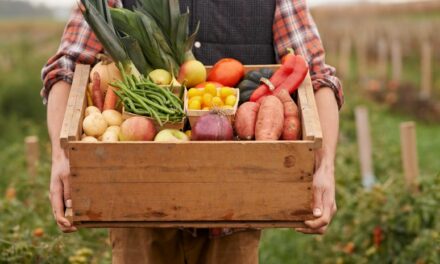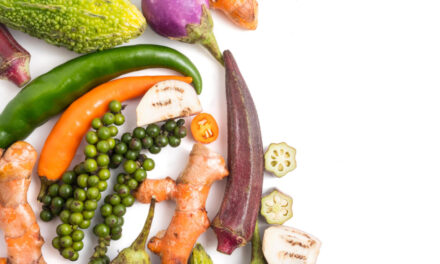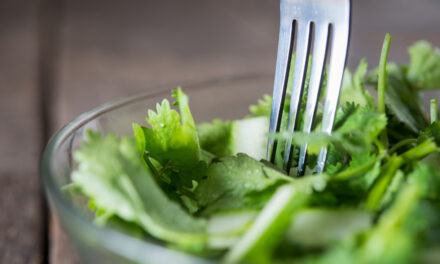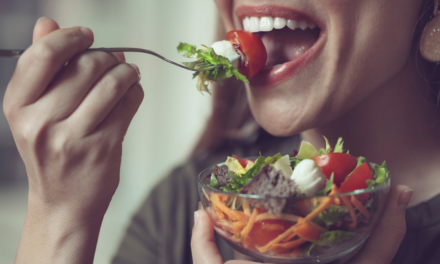
STORAGE TIPS TO AVOID FOOD WASTE
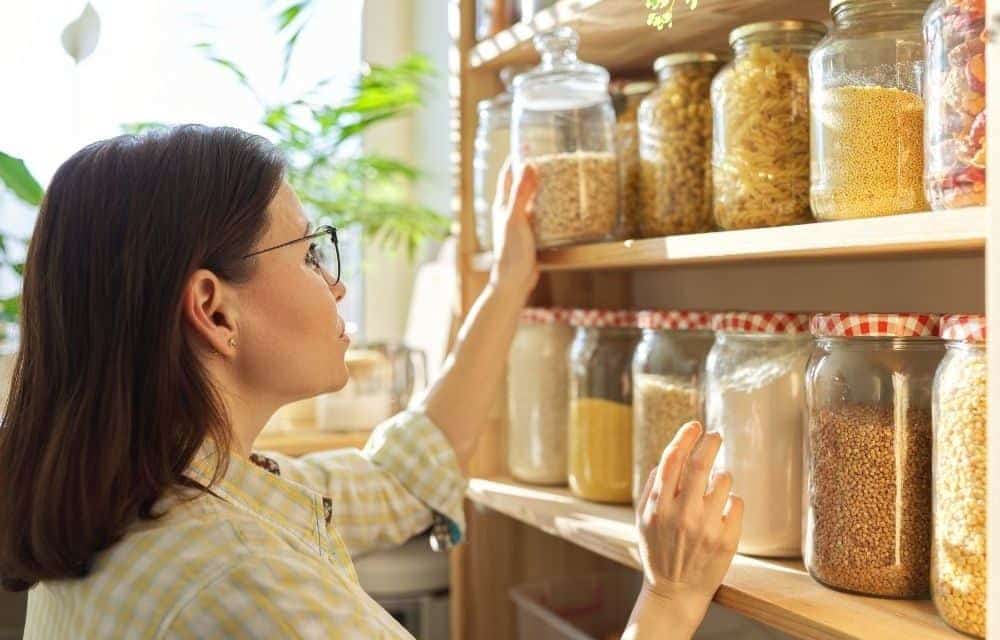
We’ve already dealt with the subject of ethylene gas for optimal storage of your fruits and vegetables. The organization of our kitchen to avoid waste goes much further than that. Today, we are more interested in how to store food. We hope you never have to throw away products that are unsuitable for consumption either because of their expiry date or because of their rot!
Refrigerator or cupboard?
It is essential to keep processed foods and cooked meals in the fridge. The same goes for meat, fish and fresh milk.
However, many of the foods we usually put in the fridge may be kept at room temperature in the cupboard.
For example, onions and tomatoes soften because of the cold air in the fridge. Of course, keeping them there can make them last longer, but they will lose their flavour and texture.
Potatoes can’t handle cold air either. Their starch turns to sugar when they are kept in the refrigerator. It is best to keep them at room temperature.
Exotic fruits, such as mangoes or bananas, are also not meant to be kept in the cold: you can put them in a fruit basket. Other fruits, such as apples and pears, can be stored outside the refrigerator, wrapped in a newspaper.
Eggs have a special status: you may keep them in the refrigerator as well as in the closet. Keep in mind, however, that eggs absorb a lot of odors. It is therefore wiser to place them in the pantry or on top of the refrigerator.
How to store food in a fridge?
How you arrange your refrigerator has an impact on the shelf life of your products. Most refrigerators are divided into four zones:
- The cold zone’s temperature goes from 0 to 4 degrees Celsius is usually at the top. It is designed for highly perishable foods. These include meat, fish but also cooked meals or fresh dairy and catering products.
- The so-called “fresh” intermediate zone whose temperature is between 4 and 6°C is best for homemade preparations as well as cooked foods. Yogurts and cheeses made at heart also find their place.
- The door, between 6 and 8°C, offers an ideal temperature for eggs and butter. Once opened, milk, butter and beverages are ideally stored there.
- The fruit and vegetable tray between 8 and 10°C welcomes not only these but also the cheeses to be refined. If you wash your fruits and vegetables before preservation, be sure to dry them well as moisture speeds up the ripening process.
In general, it is a good idea to place products with the nearest expiry date at the front. This way, you’ll apply the FIFO (First In First Out) rule.
Freezing also remains a viable alternative in order to keep your food longer.


